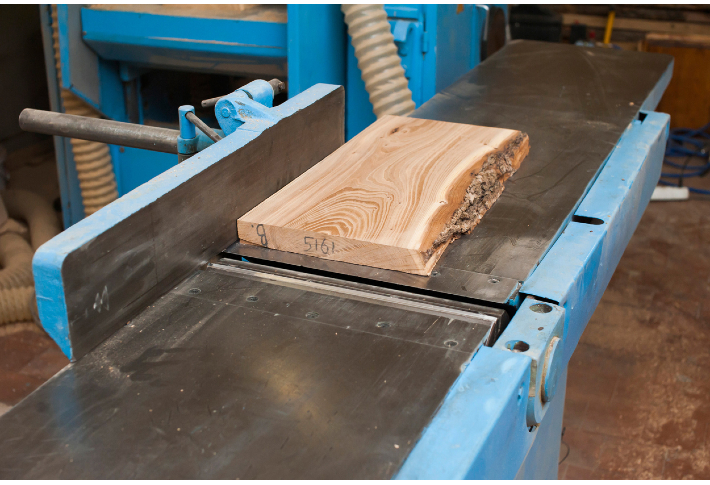How To Make Sure All Your Wood Is Even for DIY Projects

If you’re a woodwork enthusiast, you must be aware of the struggles of uneven wood. If you leave your logs as is, it gives your project an unfinished look. To avoid that, use the following guideline to make sure the wood is smooth for your next DIY:
Choose the Right Device
There are two types of wood planing devices, handheld and benchtop. Let’s discuss them in detail so you can figure out which one is right for your needs.
1. Hand planer
The first method to even wood is by using a hand plane device. These are manual machines that straighten out wood as you move it along the surface. But before you go ahead buying a hand plane, you should look at its types to figure out which one is best suited for your needs. Have a look!
2. Jointer plane
This type of hand plane has a size range of up to 22 inches. It is a standard device suitable for long pieces of wood.
3. Jack plane
Unlike the jointer plane, the jack plane has a length ranging from 12 to 17 inches. Because it is smaller in size, it is preferred for shorter wood pieces.
4. Smoothing plane
With a length of 10 inches, this one is good for both small and long wood pieces. Most people prefer it over any other hand plane to smooth rough pieces of wood.
5. Benchtop thickness planer
Unlike hand planers, benchtop thickness planers are semi-automatic machines that are used to even out bigger wood pieces. These devices have a rotating blade that smoothes out any irregularities and cuts the upper surface at a perpendicular angle. You can set it up wherever you find it suitable, but make sure it rests on a flat surface as that will help with the final results.
Since it is semi-automatic, you have to feed the wood from one end as it processes it to the other side. As opposed to its manual counterparts, you can achieve more consistent results without applying excessive force. So if you’ve got a big project ahead, investing in a benchtop thickness planer might be the right decision.
Sharpen the Blade
Once you have picked your planer, it is time to put it into action. Make sure that you have a sharp blade by running sandpaper through it. Once satisfied, adjust the angle of your blade according to your requirements. The higher the angle, the deeper the cut of your blade will be. So make sure to set this angle according to your project requirements.
Start the Planing
Now start working on the wood by putting the device in the corner. After that, apply even pressure to set the blade parallel to the surface of your wood. Keep moving your plane with a steady motion until you’re satisfied with the results.
After you’re done with planing, you have to check whether your wood is ready or not. You can do that by putting any flat object on it to check for voids. The best way to do so is by using a scale. Put it over the planed surface and run it along to feel any high spots. If you do find any unevenness, simply go over it with the plane again and you’ll be good to go.
Tips to Properly Even Wood
- Always use your benchtop planer in the opposite direction of the wood grain. That way you can prevent the tear-out that usually happens when blades get stuck in the minute imperfections of the grain structure.
- Always use protective gear as you will be working with dust and irritable small wood pieces. Also, make sure you’re wearing heavy-duty gloves to avoid splinters.
Final Words
Woodworking is an art that requires the utmost attention to achieve finesse in your projects. One such detail is to ensure your raw wood is even and smooth. So when you’re ready to initiate your next DIY, follow the above-discussed methods to get the required results.
